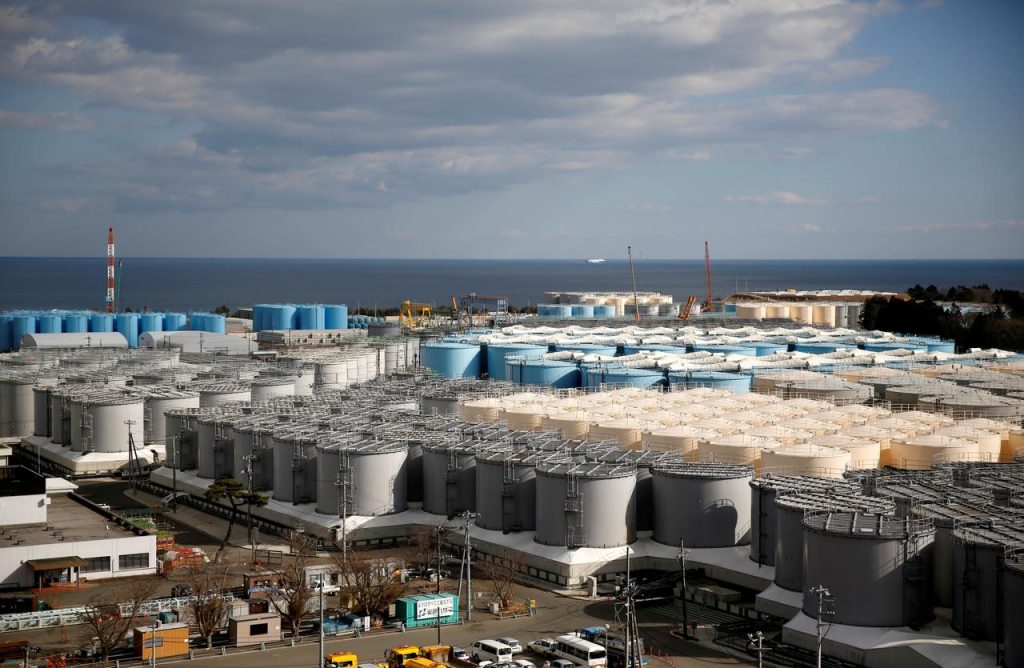Tokyo: All equipment needed for the release into the sea of treated radioactive wastewater from the wrecked Fukushima nuclear plant has been completed and will be ready for a safety inspection by Japanese regulators this week, the plant operator said Monday, as opposition to the plan continues in and outside Japan over safety concerns.
Tokyo Electric Power Company Holdings said it installed the last piece of an undersea tunnel dug to release the water offshore, completing the construction of the necessary equipment that began last August.
A mandatory safety inspection of the equipment will begin Wednesday, said Nuclear Regulation Authority Chairman Shinichi Yamanaka, who visited the Fukushima nuclear plant last week.
If everything goes well, TEPCO is expected to receive a safety permit for the release about a week after the inspection ends, officials said. Discharge of the treated water is expected to begin this summer, although the exact date has not been set.
The plan has faced fierce protests from local fishing groups concerned about safety and reputational damage. Nearby countries, including South Korea, China, and some Pacific Island nations, have also raised safety concerns.
Government and utility officials say the wastewater, currently stored in about a thousand tanks at the plant, must be removed to prevent any accidental leak in case of an earthquake and to make room for the plant’s decommissioning.
They say the treated but still slightly radioactive water will be diluted to safe levels and will be released gradually into the ocean over decades, making it harmless to people and marine life.
Some scientists say the impact of long-term, low-dose exposure to radionuclides is unknown and the release should be delayed. Others say the release plan is safe but call for more transparency, including allowing outside scientists to join in sampling and monitoring the release.
Japan has sought support from the International Atomic Energy Agency to gain credibility and ensure that safety measures meet international standards.
A massive earthquake and tsunami March 11, 2011, destroyed the Fukushima Daiichi nuclear plant’s cooling systems, causing three reactors to melt and their cooling water to be contaminated and leak continuously.
The water is collected, treated, and stored in the tanks, which will reach their capacity in early 2024.
AP
